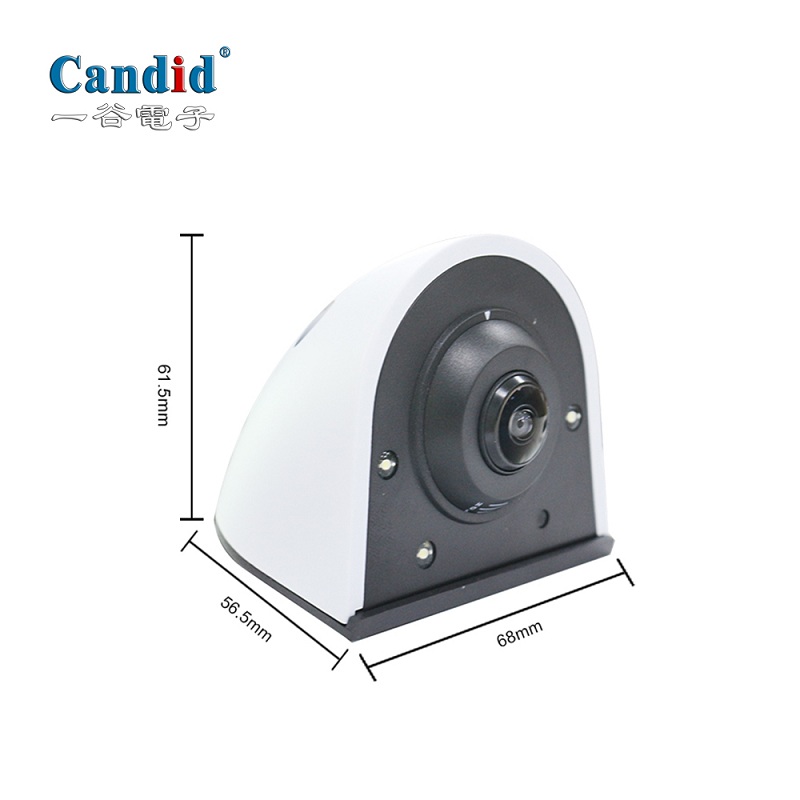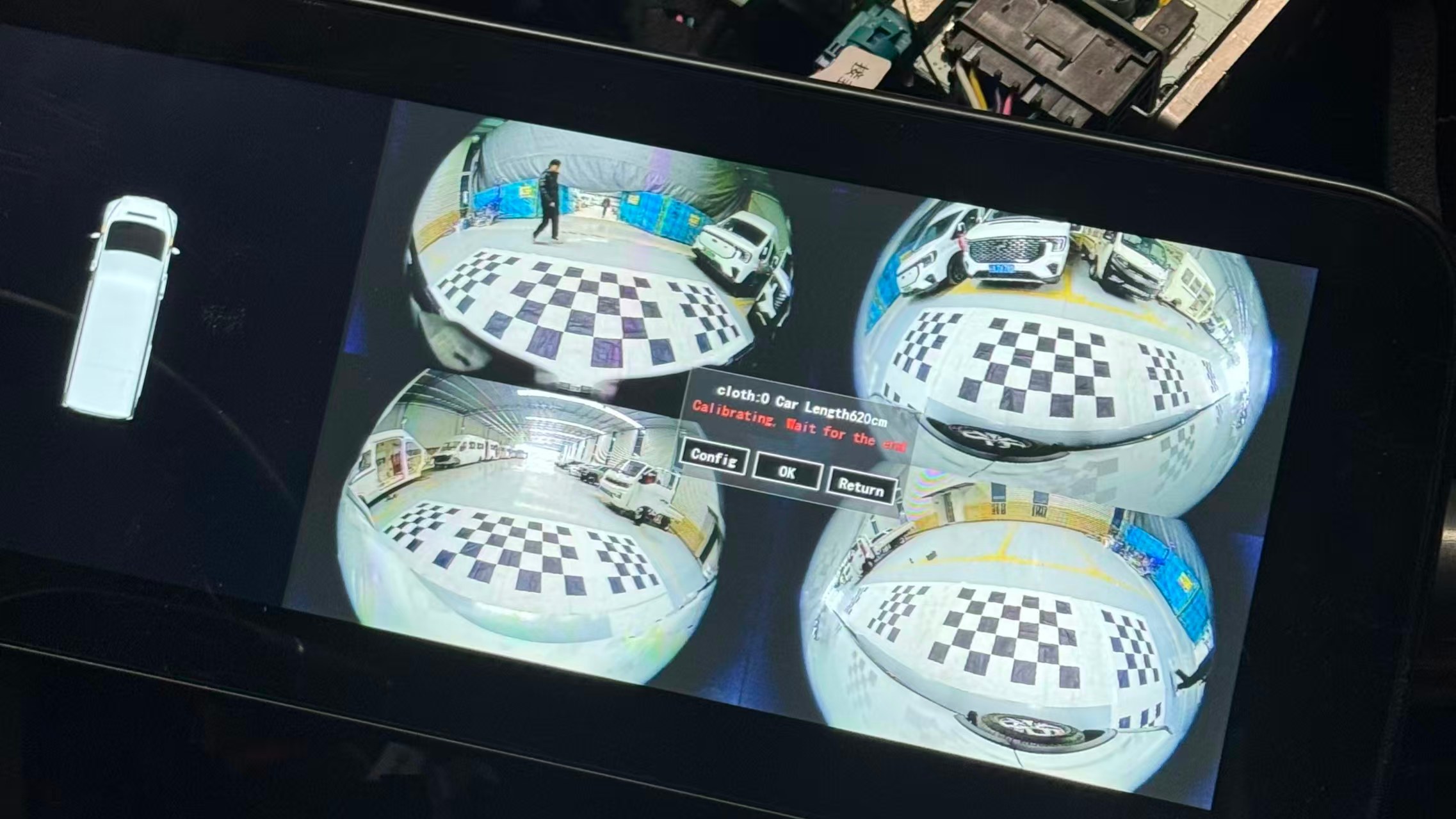
Technical indicators of the camera
Technical indicators of the camera
1. Image resolution/resolution (Resolution) SXGA (1280x1024) also known as 1.3 million pixels
●XGA (1024x768) also known as 800,000 pixels
●SVGA (800x600) also known as 500,000 pixels
●VGA (640x480) also known as 300,000 pixels (350,000 refers to 648X488)
●CIF (352x288) also known as 100,000 pixels
●SIF/QVGA(320x240)
●QCIF(176x144)
●QSIF/QQVGA(160x120)
2. Image format (imageFormat/Colorspace)
RGB24,420 are the two most commonly used image formats.
●RGB24: It means that the three colors of R, G, B are 8bit each, and can express up to 256 shades, so that 256*256*256 colors can be reproduced.
●I420: One of the YUV formats.
●Other formats are: RGB565, RGB444, YUV4:2:2, etc.
3. Automatic white balance adjustment (AWB)
Definition: It is required that the image on the screen should also be white when the object is illuminated in a different color temperature environment. The color temperature represents the spectral components, the color of light. Low color temperature means more long-wave light components. When the color temperature changes, the ratio of the three primary colors (red, green, and blue) in the light source will change, and the ratio of the three primary colors needs to be adjusted to achieve the color balance. This is the reality of white balance adjustment.
4. Image compression method
JPEG: (jointphotographicexpertgroup) static image compression method. A compression method for lossy images. The larger the compression ratio, the worse the image quality. This format can be selected when the image accuracy is not high and the storage space is limited. Most digital cameras use the JPEG format.
5. Color depth (color digits)
Reflecting the ability of color recognition and the color performance of imaging, it is actually the quantization accuracy of the A/D converter, which refers to how many levels the signal is divided into. Commonly used color digits (bit) said. The higher the color depth, the brighter and more attractive the color of the image obtained. The cameras on the market have reached 24 bits, and some even 32 bits.
6. Image noise
Refers to the noise in the image. Appears as a fixed color noise in the image.
7. Perspective
It is the same principle as the human eye imaging, which is simply the imaging range. It depends on the lens used.
8. Output/input interface
Serial interface (RS232/422): The transmission rate is slow, 115kbit/s
Parallel interface (PP): the rate can reach 1Mbit/s
Infrared interface (IrDA): The rate is also 115kbit/s, and general laptop computers have this interface.
Universal Serial Bus USB: A plug-and-play interface standard that supports hot plugging. The speed of USB1.1 can reach 12Mbit/s, and the speed of USB2.0 can reach 480Mbit/s.
IEEE1394 (FireWire) interface (also known as ilink): Its transmission rate can reach 100M~400Mbit/s.
1. Image resolution/resolution (Resolution) SXGA (1280x1024) also known as 1.3 million pixels
●XGA (1024x768) also known as 800,000 pixels
●SVGA (800x600) also known as 500,000 pixels
●VGA (640x480) also known as 300,000 pixels (350,000 refers to 648X488)
●CIF (352x288) also known as 100,000 pixels
●SIF/QVGA(320x240)
●QCIF(176x144)
●QSIF/QQVGA(160x120)
2. Image format (imageFormat/Colorspace)
RGB24,420 are the two most commonly used image formats.
●RGB24: It means that the three colors of R, G, B are 8bit each, and can express up to 256 shades, so that 256*256*256 colors can be reproduced.
●I420: One of the YUV formats.
●Other formats are: RGB565, RGB444, YUV4:2:2, etc.
3. Automatic white balance adjustment (AWB)
Definition: It is required that the image on the screen should also be white when the object is illuminated in a different color temperature environment. The color temperature represents the spectral components, the color of light. Low color temperature means more long-wave light components. When the color temperature changes, the ratio of the three primary colors (red, green, and blue) in the light source will change, and the ratio of the three primary colors needs to be adjusted to achieve the color balance. This is the reality of white balance adjustment.
4. Image compression method
JPEG: (jointphotographicexpertgroup) static image compression method. A compression method for lossy images. The larger the compression ratio, the worse the image quality. This format can be selected when the image accuracy is not high and the storage space is limited. Most digital cameras use the JPEG format.
5. Color depth (color digits)
Reflecting the ability of color recognition and the color performance of imaging, it is actually the quantization accuracy of the A/D converter, which refers to how many levels the signal is divided into. Commonly used color digits (bit) said. The higher the color depth, the brighter and more attractive the color of the image obtained. The cameras on the market have reached 24 bits, and some even 32 bits.
6. Image noise
Refers to the noise in the image. Appears as a fixed color noise in the image.
7. Perspective
It is the same principle as the human eye imaging, which is simply the imaging range. It depends on the lens used.
8. Output/input interface
Serial interface (RS232/422): The transmission rate is slow, 115kbit/s
Parallel interface (PP): the rate can reach 1Mbit/s
Infrared interface (IrDA): The rate is also 115kbit/s, and general laptop computers have this interface.
Universal Serial Bus USB: A plug-and-play interface standard that supports hot plugging. The speed of USB1.1 can reach 12Mbit/s, and the speed of USB2.0 can reach 480Mbit/s.
IEEE1394 (FireWire) interface (also known as ilink): Its transmission rate can reach 100M~400Mbit/s.




